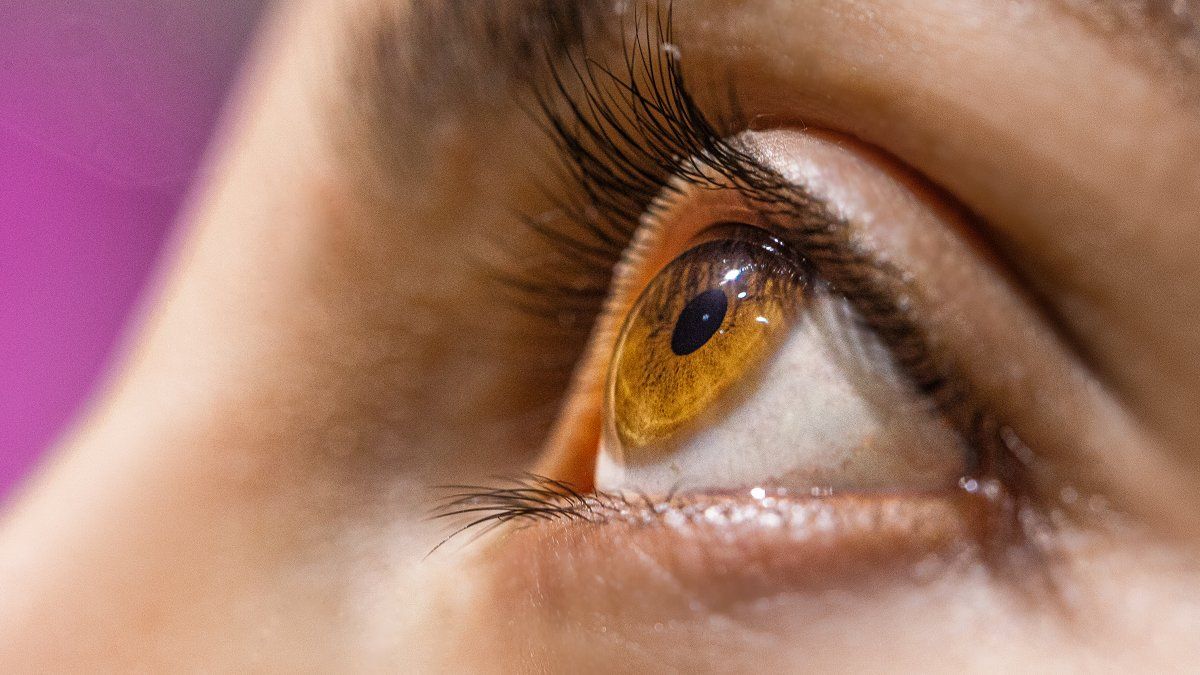He Dry Eye It is a multifactorial pathology characterized by alteration of the ocular surface. It is common for many patients to have visited several professionals and arrive at the office without results and with a battery of medications. Why don’t any of them work?
Confusing it with another disease can lead to worsening symptoms. It is important to discern if they really have dry eye, for which they would require a higher level of treatment, or if they are other pathologies. Namely:
Alteration of eyelid mechanics
Blinking is the rapid closing and opening movement of the eyelids. It can be voluntary or reflex. It actively intervenes in tear drainage and promotes the integrity of the ocular surface. Eyelid mechanics depend on variables such as time of day, age, cognitive level, attention and certain ocular alterations, among others.
Reading activities and prolonged use of screens predispose to incomplete blinks and a decrease in their frequency, which contribute to dryness of the ocular surface due to poor distribution of the tear film.
Eyelid malocclusion is usually treated with lubricants, contact lenses that promote the concentration of natural tears can be used and biological tears such as autologous serum or platelet-rich plasma can be added.
Wiper eyelid epitheliopathy
The marginal conjunctiva is the portion of the eyelid in contact with the eyeball. It acts as a cleaning surface that distributes the tear film over the ocular surface upon contact with it during each blink.
Lid Wiper Epitheliopathy (LWE) is an alteration of this portion of the eyelid margin due to an increase in friction due to inadequate lubrication, causing physical trauma and mechanical abrasion, it is common in patients who experience dry eye symptoms.
Eyelid pressure, tear composition, tear viscosity, surface texture, and blink rate are all factors that could contribute to its formation.
Conjunctivechalasis
It is a condition of the ocular surface that is defined by the presence of redundant bulbar conjunctiva. It manifests itself through the formation of folds, which, during blinking, come into contact with different surfaces, generating mechanical damage. In the cornea, for example, keratitis in the contact area; inflammation of the eyelid and repeated microtrauma and subconjunctival hemorrhages.
In turn, conjunctivochalasis contributes to the pathogenesis of dry eye since it causes instability in the tear film and alters the structure of its reservoirs.
Among the main risk factors are advanced age, previous surgeries, eyelid alterations such as blepharitis and meibomian gland dysfunction, and the use of contact lenses. It is presented as one of the main syndromes that can mask dry eye.
Its treatment consists of stabilizing the ocular surface and reducing inflammation, through the use of lubricants and immunomodulators.
Ophthalmologist, head of the cornea transplant team of the Ophthalmology service of the German Hospital.
Source: Ambito
I am an author and journalist who has worked in the entertainment industry for over a decade. I currently work as a news editor at a major news website, and my focus is on covering the latest trends in entertainment. I also write occasional pieces for other outlets, and have authored two books about the entertainment industry.




